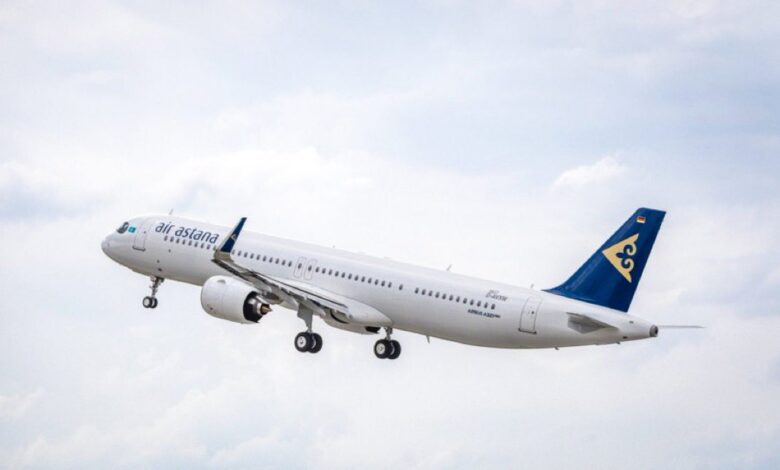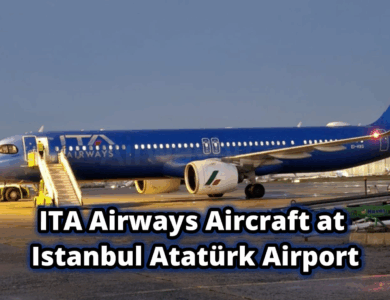Air Astana Starts 2025 Strong: 37% Profit Growth in Q1, 15 New Routes Launched

Central Asia’s largest airline group, Air Astana, entered 2025 with strong financial and operational results. For the three months ending March 31, 2025, the company reported a 10% increase in revenue and a 37% rise in EBITDAR. As part of preparations for the summer season, 15 new routes were launched during the first quarter.
Financial and Operational Highlights:
• Total revenue and other income rose by 10.4% to USD 292.4 million.
• EBITDAR increased by 37.1% to USD 59.9 million, with the EBITDAR margin improving by 4 points to 20.5%.
• Passenger numbers rose by 7.1% to 2.0 million.
• Load factor increased by 0.3 points to 81.5%.
• CASK (unit cost) dropped by 5.7%, while RASK (unit revenue) declined by 2.7%.
• Cash and bank balances rose by 39% to USD 513.7 million.
Air Astana Group CEO Peter Foster commented, “We had a strong start to 2025. As we prepare for the summer season, we focused on launching routes in high-demand markets. Despite the depreciation of the Kazakh tenge and the impact of Ramadan, we maintained solid profitability, with especially strong growth in international markets across Asia.”
New Routes and Strategic Expansion
In Q1, Air Astana launched flights to Guangzhou and Yining (Kuldja) in China and to Mumbai, India. These additions increased the number of Chinese destinations served by the group to five. New routes were also added to Vietnam (Da Nang and Nha Trang), the Gulf region, and Europe.
Additionally, the installation of auxiliary fuel tanks on A321LR aircraft has enabled direct long-haul flights such as Almaty–London, Astana–Phuket, and the upcoming Almaty–Tokyo service starting in 2026.
Fleet and Infrastructure Developments
• The fleet expanded to 60 aircraft (34 Air Astana, 26 FlyArystan).
• Five new A320s were delivered in 2025; two Embraer E2s were phased out.
• The delivery of the Boeing 787-9 was postponed to the second half of 2026.
Proactive Response to Pratt & Whitney Engine Issues
The Group continues its “engine resting” strategy during the low season to maximize availability in peak periods. To date, 12 spare engines have been secured, and a support and compensation agreement with Pratt & Whitney remains in effect.
Expanded Maintenance and Training Capacity
• New hangar projects have begun in Almaty and Astana.
• The Advanced Technical Centre (ATC) can now conduct three simultaneous C-checks.
• A second Full Flight Simulator (FFS) has been installed at the Astana Flight Training Centre and will be operational by year-end.
• A new ground services subsidiary will begin operations in Q2 2025.
Share Buyback Program Continues
As part of its employee incentive plan, the Group repurchased 405,634 shares (342,190 direct shares and 63,444 shares via GDRs) for a total of USD 626,700. A second buyback phase with a budget of up to USD 5 million was approved on March 13, 2025.
Strengthened Liquidity Position
• Cash and bank balances rose 39% to USD 513.7 million.
• Cash-to-sales ratio increased to 38.4% (Q1 2024: 30.8%).
• Net Debt/EBITDAR stood at 1.4x, remaining within the guidance range.
Confident Outlook for the Remainder of the Year
With an expanded summer schedule, increased capacity, strong booking trends, and effective cost control, Air Astana remains confident in achieving its growth targets for 2025. The fleet is expected to grow to 63 aircraft by year-end and to 84 by the end of 2029.



